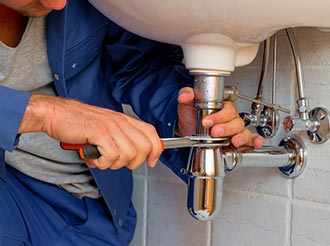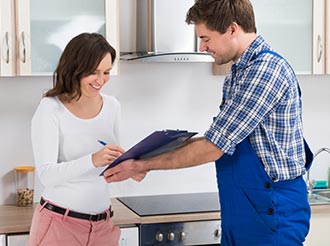Plumbing Maintenance 101
We all know we should maintain our home’s plumbing system but with so many components, pieces and parts the questions we ask are… What needs to be serviced? When should we service these items? How often do we have the services performed?
The following is a guide to answer the above questions.
Sump and Ejector Pumps and Battery Backup Systems
-This portion of the plumbing system uses pumps that are submerged in pits to remove either groundwater or sewage from the home. Proper maintenance includes an inspection and manual testing of each pump and all its mechanisms which should take place at least every 12 months usually at the beginning of spring. This includes the battery backup system if one is present.
Water Heater
-Your water heater produces hot water for showering, bathing, and cleaning. Keeping it in good running condition will prolong the life of the heater. Proper maintenance includes flushing and inspection of safety devices as well as its anode rod. Every 12 months at any time of the year is recommended.
Sewers
-Roots are the most common culprit to a backed-up sewer. Having your sewer rodded every 12 months either in the spring or fall will help keep roots and debris at bay. Also adding a root killing chemical after rodding will assist in killing the roots back even further.
Toilets
-Probably the most important fixture to the home a toilet accepts and removes wastes from the home. Under the lid of the tank there are working parts that require inspection and repair or replacement. The most common issue with a toilet is that it runs which produces a higher water bill. Save money and have your toilets inspected every 12 months at any time of the year.
Faucets
-Kitchen, bathroom, laundry, tub/shower, garden, and bar faucets all will potentially need repair/replacement at one time or another. The most common symptom is a drip. A leaky faucet will never fix itself but only get worse. Not having it repaired in a timely manner reduces the chance of successful repair and may lead to replacement as the only option. If a drip is noticed immediate repair is recommended.
Shutoff Valves
-Each plumbing fixture should have its own individual water shutoff and or gas valve(s) to it. Every home should have its own whole house gas and water shutoff valve. These valves should be inspected and manually exercised to insure proper operation when needed, especially in an emergency. Every 3 months these valves should be turned on and off to prevent them from getting stuck from non-use.
Under Sink Drain Piping
-Every sink has drain piping that potentially will leak due to age. Visually inspecting the condition of these pipes is recommended every 6 months. These parts if properly installed were made to be replaced when needed. Anticipating a possible leak will help prevent damage to the cabinet or floor.
The goal of maintaining your any part of your home’s plumbing system is to get as much life as you can out of it but not have to replace it an emergency where further damage could occur.
As always if any assistance is needed to help with the plumbing maintenance of your home do not hesitate to contact us at 847-890-1599.




